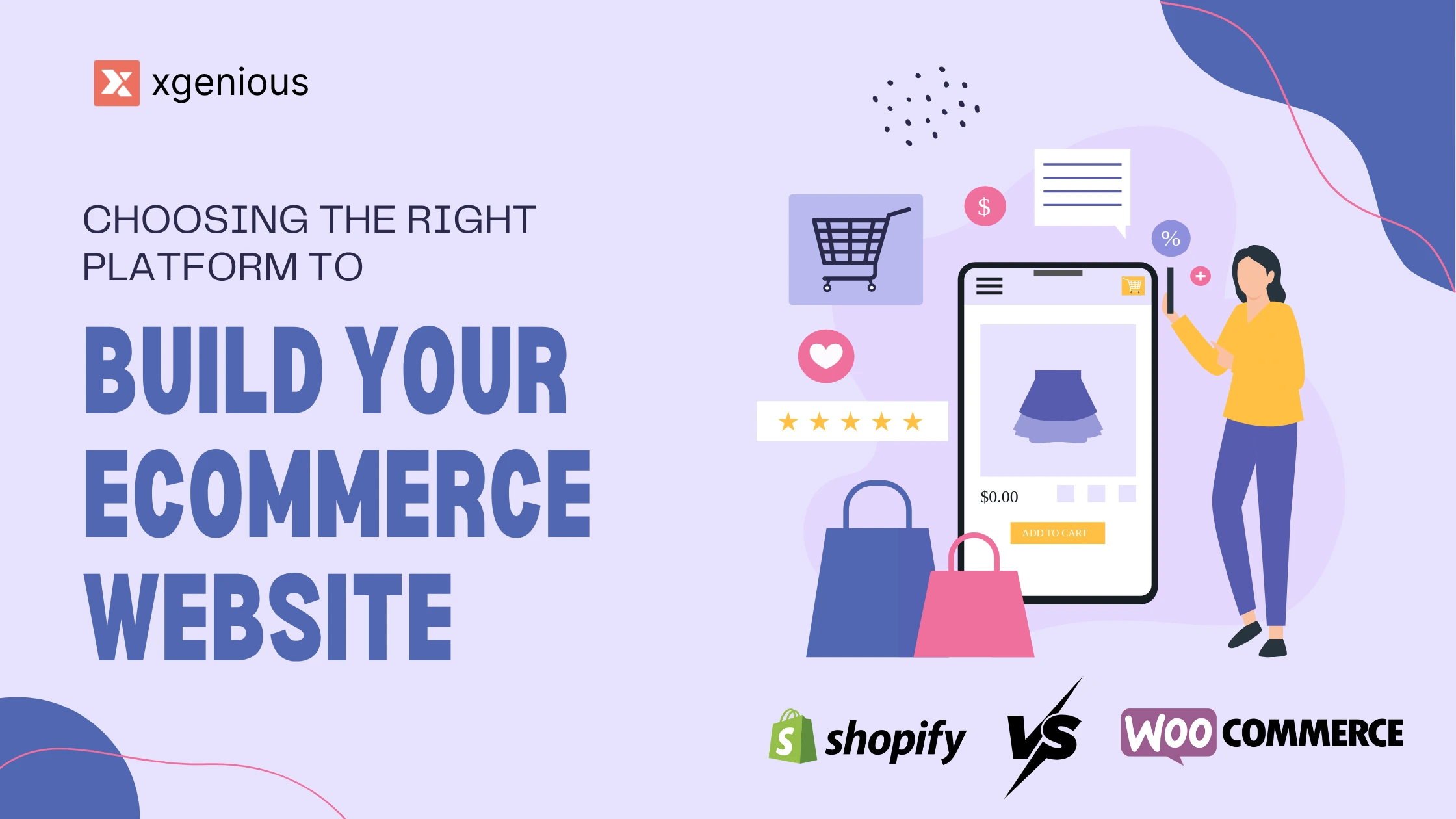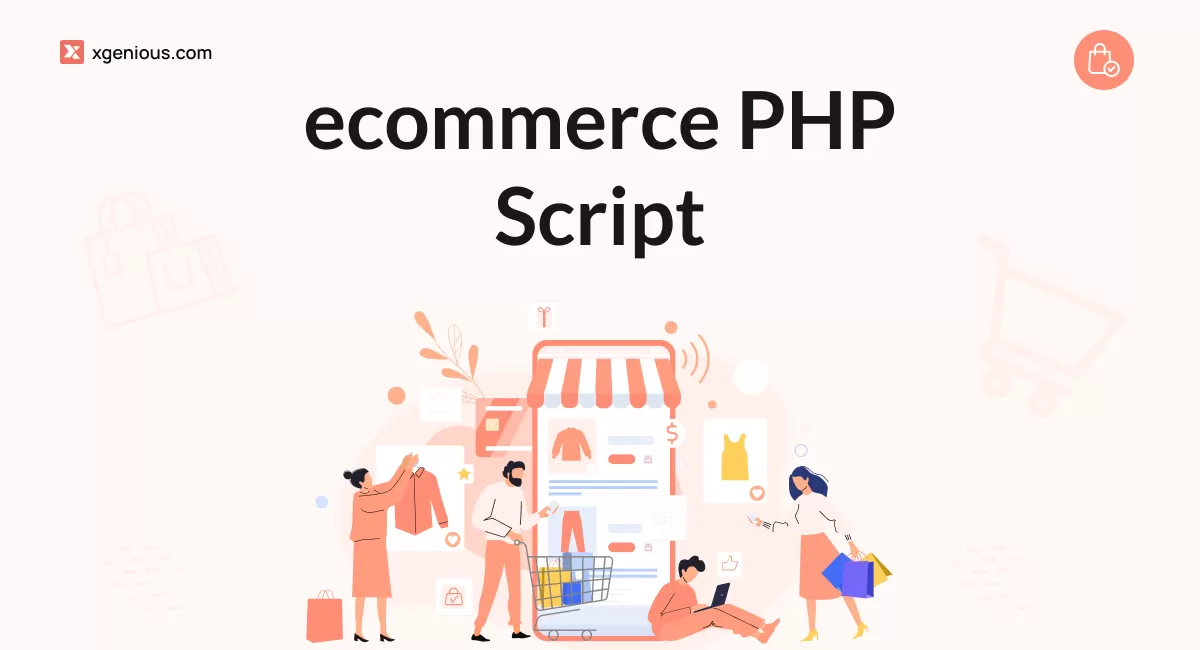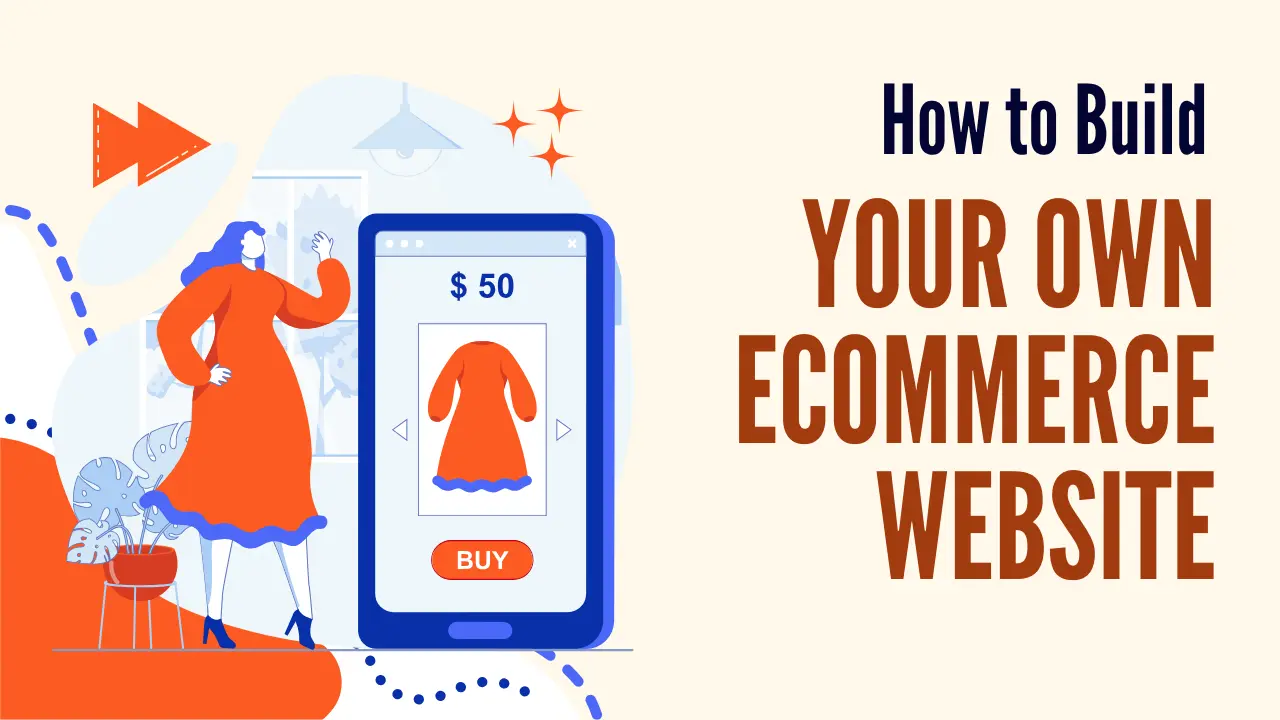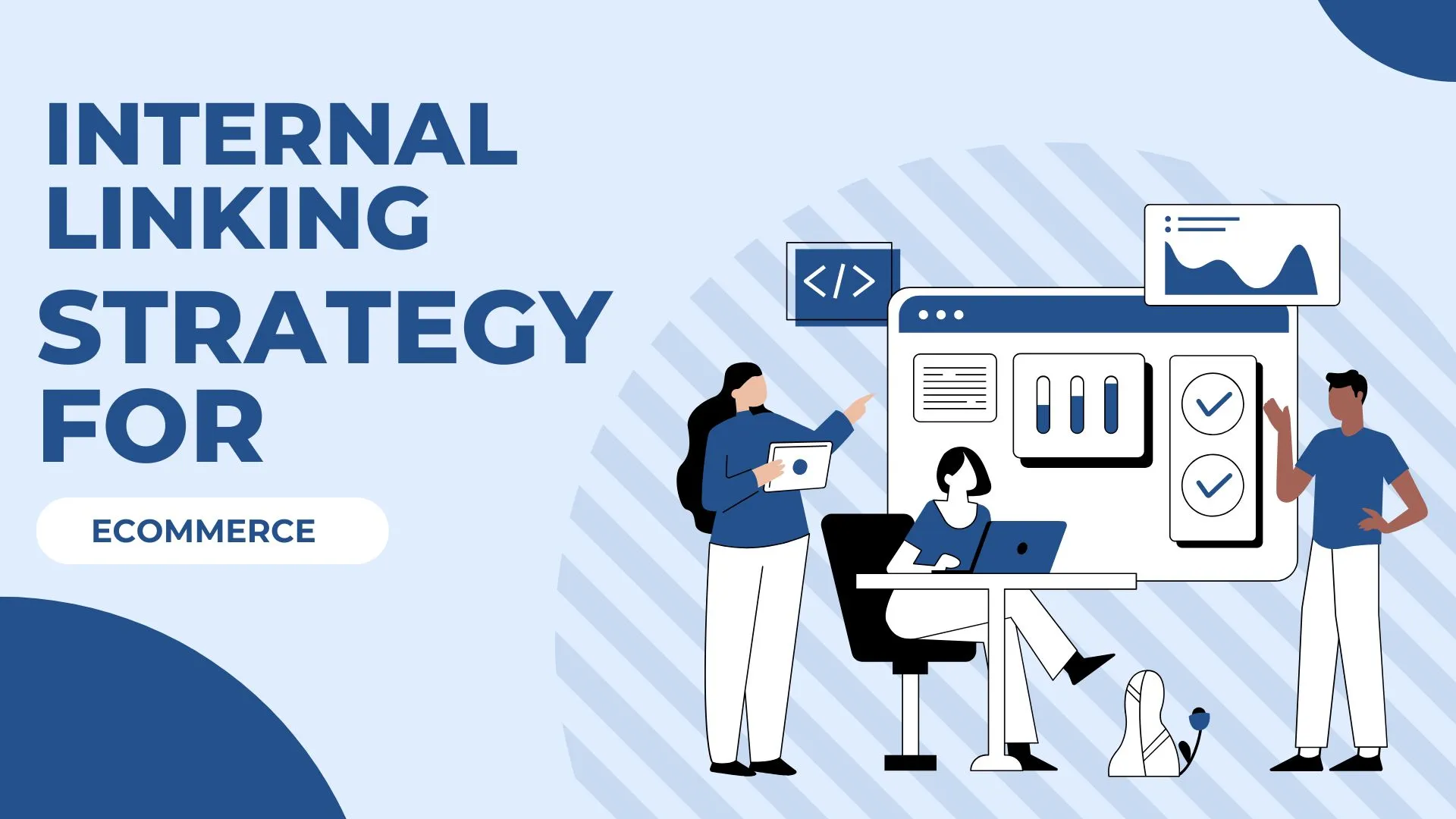Choosing the best ecommerce platforms in 2025 isn’t just a technical choice it’s the engine that drives your business. It’s the engine that drives your business. In 2025, with more customers shopping online than ever, choosing the right platform is critical to your success. Whether you’re building a niche product store or scaling a full-blown marketplace, your decision today will shape your store’s performance, flexibility, and growth potential.
In this guide, we’ll break down the best e-commerce platforms in 2025 including Shopify, WooCommerce, and Laravel-based custom builds to help you find the one that fits your needs.
👉 Compare top platforms to choose the right one for your online store
Why Choosing the Best Ecommerce Platforms in 2025 Matters
Ecommerce is growing faster than ever. Whether you’re starting a small store or launching a marketplace, choosing the right platform is crucial. In this comparison, we explore the strengths and weaknesses of Shopify, WooCommerce, and Laravel-based custom builds. Before choosing your ideal solution, let’s take a closer look at Shopify vs WooCommerce vs Laravel to see how they stack up across usability, cost, and customization.
Shopify vs WooCommerce: Who’s Winning the Market Share Battle?

When choosing the best e-commerce platform, it helps to see what the market says. In 2025, the two biggest names dominating the space are WooCommerce and Shopify but their market strategies couldn’t be more different.
According to the latest data:
- WooCommerce leads globally with a 38.3% share of all online stores using e-commerce technology.
- Shopify holds a strong second position with a 10.3% share, powering over 4.5 million websites worldwide.
Despite Shopify’s rapid growth, WooCommerce maintains a larger footprint, primarily because it’s built as a plugin for WordPress, the most-used CMS in the world. This integration gives WooCommerce an edge among bloggers, content creators, and SEO-driven businesses who already operate on WordPress.
However, Shopify’s influence is rising rapidly, especially in markets like the United States, where it powers around 29–30% of all e-commerce stores. Shopify also dominates the DTC (direct-to-consumer) space due to its ease of use, hosted infrastructure, and robust ecosystem of apps and themes.
Shopify: All-in-One Simplicity for Rapid Launch

Best for: Entrepreneurs, small businesses, and growing brands who want to launch fast without worrying about technical management.
Shopify remains one of the most popular e-commerce platforms in 2025 and for good reason. It’s a fully hosted solution, meaning you don’t need to worry about web hosting, security patches, or software updates. Everything is taken care of, so you can focus entirely on building your brand and selling your products.
Whether you’re selling a few handmade items or running a large-scale drop shipping store, Shopify offers an intuitive and streamlined experience that makes it easy to get your store online and optimized for conversions.
Key Advantages of Shopify
1. No Technical Headaches
Shopify is a hosted platform, which means all the backend infrastructure (servers, security, performance) is managed by Shopify itself. You don’t need to hire a developer or worry about maintenance it just works.
2. App Store With 8,000+ Plugins
Need to add reviews, upsell features, loyalty programs, or product bundles? Shopify’s app store offers thousands of plugins and integrations for almost any feature you can think of. Many are one-click installs.
3. Built-in Payment Gateway
Shopify Payments allows you to accept credit cards directly without relying on third-party providers. It also integrates with PayPal, Apple Pay, Google Pay, and hundreds of other reliable and widely-recognized payment gateways perfect for global selling.
4. Stunning Templates & Themes
Choose from a wide range of professionally designed, responsive themes. You can launch your store with just a few edits, or fully customize the design with the Liquid templating language if you have a developer.
5. Reliable Support and Global Infrastructure
Shopify offers 24/7 live chat and email support, a detailed knowledge base, and community forums. Plus, their infrastructure is built to handle enterprise-level traffic, so your store loads fast no matter where your customers are.
Limitations of Shopify
1. Monthly Fees Add Up
Shopify operates on a subscription model, with monthly fees starting at $39/month (as of 2025). As you add paid apps, advanced themes, or premium features, the cost can quickly increase.
2. Less Freedom for Custom Features
If your store needs complex business logic or custom workflows, Shopify’s structure may limit what you can achieve without expensive third-party apps or custom development.
3. Transaction Fees
If you choose a third-party payment gateway instead of Shopify Payments, you’ll pay an additional transaction fee (up to 2% depending on your plan), which can impact your profit margins.
When Shopify Makes the Most Sense
Use Shopify if:
- You want to launch your store within days, not weeks.
- You don’t want to deal with hosting, security, or backend setup.
- You’re okay with paying a monthly fee for simplicity and peace of mind.
- You’re looking for a platform that scales from solo seller to enterprise-level business.
Shopify is the go-to solution for anyone who wants to focus on branding, marketing, and customer experience without getting bogged down in development. It’s built for speed, reliability, and ease, making it a favorite among D2C brands and digital entrepreneurs alike.
Shopify Pricing Plans (2025) – Compare & Choose
Shopify offers a range of plans designed to support different business sizes and growth stages. All plans include secure hosting, SSL encryption, mobile-responsive themes, unlimited products, and 24/7 support.
Promotional Offer
New merchants can often start with a $1/month deal for the first three months on paid plans—great for testing the platform without risk.
Plan Overview
| Plan (Billed Yearly) | Monthly Cost | Online Transaction Fee* | In‑Person Fee | Staff Accounts | Notable Features |
|---|---|---|---|---|---|
| Starter | $5 | 5% + $0.30 | 5% | – | Social‑media storefront only |
| Basic | $29 | 2.9% + $0.30 | 2.6% + $0.10 | 2 | Full store, abandoned cart recovery, fraud analysis |
| Grow (formerly “Shopify”) | $79 | 2.7% + $0.30 | 2.5% + $0.10 | 5 | Professional reports, better shipping discounts |
| Advanced | $299 | 2.5% + $0.30 | 2.4% + $0.10 | 15 | Third‑party shipping rates, advanced reporting |
| Plus (Enterprise) | $2,300 | Competitive rates | Custom | Unlimited | Wholesale/B2B tools, high‑volume checkout, multiple storefronts |
* Fees apply when using Shopify Payments; third-party gateways may incur additional charges up to 2%.
Choosing the Right Plan
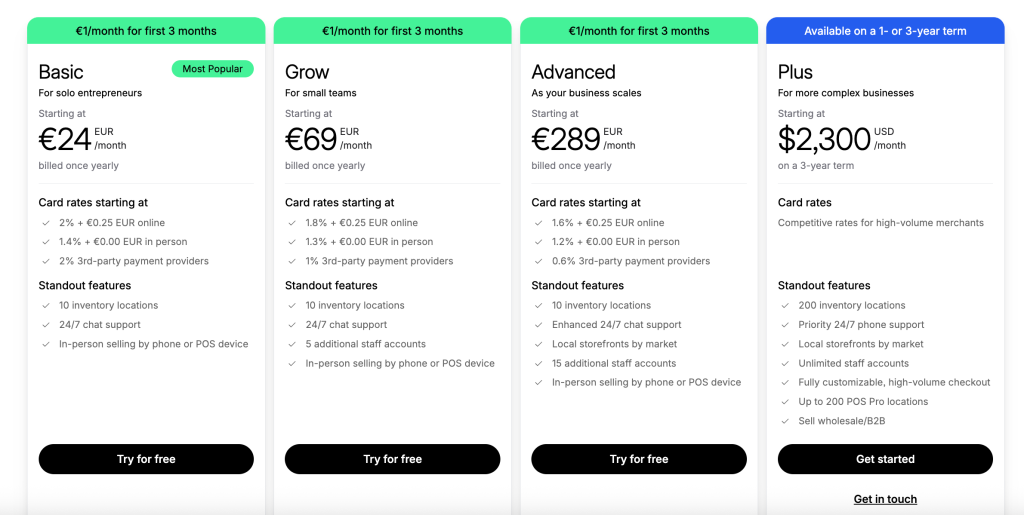
- Starter ($5/month): Ideal for creators/sellers on social media looking for simplicity.
- Basic ($29/month): Best for solo entrepreneurs building a full-featured store.
- Grow ($79/month): Perfect for scaling with more staff, better shipping rates, and enhanced reporting.
- Advanced ($299/month): Great for larger operations needing complex analytics and shipping integrations.
- Plus ($2,300+/month): Designed for enterprise-level, multi‑store, or B2B setups requiring full customization.
Cost Considerations
- App & Theme Costs: Paid apps, themes, and additional services can significantly increase monthly expenses.
- Transaction Savings: Upgrading your plan reduces transaction fees, which can save money as revenue grows.
- Global Growth Tools: Higher-tier plans include features like multiple markets, international pricing, and wholesale tools to support global expansion
Shopify by the Numbers (2023–2025)
Merchant Solutions Revenue
In 2023, Shopify generated a staggering $5.22 billion from merchant solutions covering payment processing, POS hardware, referral fees, and more making up nearly 74% of total revenue
This momentum continued into 2024, with merchant solutions revenue rising about 26% to $6.53 billion.
Subscription Solutions Revenue
Subscription income which includes monthly plans, apps, and themes also saw strong growth: $1.84 billion in 2023 and a YoY increase to $2.35 billion in 2024.
Global Platform Market Share
Shopify commands 10.3% of the global e‑commerce platform market the fourth-largest share worldwide. In the United States, Shopify dominates with a ~29–30% market share.
- 4.6–5.6 million websites use Shopify globally.
- It powers 26–29% of all websites using e‑commerce technologies, and holds about 23–24% of that share among top 1 million sites.
Why These Numbers Matter
These figures prove Shopify is more than just a popular platform it’s a dominant ecosystem:
- Revenue dominance means more ecosystem investment for merchants from R&D and payment innovation to apps and AI tools.
- A high market share underlines strong user trust and brand recognition.
- Strong merchant revenue shows Shopify is effectively monetizing its services, an encouraging signal for long-term platform stability.
Summary
Shopify remains a top-tier, enterprise-capable platform not just for individual entrepreneurs, but for scaling global brands. With $6.5 billion+ generated through merchant services in 2024 and a commanding market presence worldwide, choosing Shopify means stepping into a platform built on performance, reliability, and continuous innovation.
Shopify’s tiered structure means you only pay for advanced tools when you’re ready. Start small with Basic or Starter, then upgrade as your business expands to benefit from deeper features, lower fees, and robust operations. All plans let you pivot easily just upgrade as needed.
WooCommerce: The WordPress Powerhouse for Flexible E-commerce
Best for: Content creators, bloggers, or business owners who already use WordPress and want full control over their online store.
As one of the best ecommerce platforms in 2025 for SEO and content-driven stores, WooCommerce empowers brands with full flexibility. WooCommerce isn’t just a plugin it’s the most widely used e-commerce platform in the world. As an open-source WordPress plugin, WooCommerce lets you turn any WordPress site into a fully functional online store with complete freedom over design, hosting, and features.
It’s ideal for businesses that want to prioritize SEO, content marketing, and long-term flexibility, rather than relying on a closed or hosted system. If you love WordPress, you’ll feel right at home with WooCommerce.
Key Advantages of WooCommerce – best hosted e-commerce platform
1. 100% Free to Start
The core WooCommerce plugin is free and available in the WordPress plugin directory. You can install it on any WordPress site and begin selling immediately perfect for bootstrapped startups.
2. Total Customization & Control
You’re in charge of every part of your site from choosing a host to modifying the checkout flow. Developers can tailor the platform to match even the most complex business logic.
3. Built-In SEO Advantage
Since WooCommerce runs on WordPress, you can leverage WordPress’s powerful SEO tools, like Yoast SEO, schema plugins, and custom permalink structures to boost organic visibility.
4. Huge Plugin & Theme Ecosystem
With thousands of free and paid plugins, you can extend your store with advanced features like multi-currency, bookings, memberships, subscriptions, and more. Design flexibility is endless with theme builders like Elementor or Kadence.
5. Strong Community Support
Being open-source, WooCommerce benefits from a global developer community. That means faster updates, bug fixes, and a sea of tutorials and integrations.
Limitations of WooCommerce
1. Maintenance Responsibility
Unlike Shopify, WooCommerce does not come with hosting. You’ll need to choose a hosting provider, manage server performance, and ensure backups and updates are in place.
2. Plugin Conflicts and Compatibility
Because WooCommerce relies on third-party plugins, conflicts between extensions can occasionally cause site issues. Testing and regular updates are a must.
3. Potential for Slow Performance
If your WordPress setup isn’t optimized, or if you overload it with plugins, your site can suffer in speed—hurting both UX and SEO. Good hosting and caching are critical.
When WooCommerce Is the Right Fit
Use WooCommerce if:
- You’re already comfortable with WordPress or have a WordPress site you want to monetize.
- SEO is a top priority and content marketing is central to your strategy.
- You need full freedom to design and scale your store with your own tech stack.
- You want to avoid ongoing subscription fees and are okay managing hosting and updates.
WooCommerce is best suited for those who want ownership, flexibility, and room to grow even if it comes with a steeper learning curve. It’s particularly powerful for hybrid content-commerce models, such as online magazines, blogs, and info-products.
WooCommerce: Pricing & Real‑World Performance by the Numbers
Unlike hosted platforms like Shopify, WooCommerce is a free, open‑source WordPress plugin, which means there’s no flat monthly charge just the costs you choose for hosting, themes, and extensions.
Core Costs Comparison
- Plugin: Free to install.
- Hosting: Typically ranges from $5–$30/month, depending on performance and provider.
- Themes: Free to $100+ for premium options.
- Extensions: Many free, but premium plugins (e.g., multilingual support, memberships) cost $30–$90/year.
- SSL/Backups/Security Tools: Often bundled or available from hosting providers; budget around $5–$20/month if bought separately.
On average, WooCommerce stores spend $30–$60/month running their sites. significantly less than hosted subscription platforms.
WooCommerce Store Activity (2023–2025)
According to recent data:
- Active WooCommerce stores:
- Q1 2023: ~3.97 million
- Q4 2023: ~4.57 million
- Q4 2024: ~4.75 million
- Q2 2025: ~4.65 million
This consistent growth reflects WooCommerce’s sustained popularity and wide adoption.
Revenue Figures
- Estimated annual WooCommerce revenue (plugin sales, extensions, etc.): ~$27.9 million (2024)
- Globally, WooCommerce-powered stores moved an estimated $20+ billion in GMV by 2020
WooCommerce vs Shopify Market Presence
- WooCommerce currently holds about 38.7% of global e-commerce platform market share in 2023–2024 the largest share among all platforms
- Shopify follows with around 10.3%
What It Means for You
- Low monthly costs mean greater margins, especially for budget-conscious businesses.
- Over 4.6 million active stores indicate a healthy, thriving ecosystem.
- Ownership of infrastructure allows you to scale performance and add custom features as you grow.
- Strong plugin revenue shows ongoing innovation and value within the WooCommerce ecosystem.
Laravel: Custom-Built E-commerce Flexibility
Best for: Tech-savvy entrepreneurs, development teams, or businesses that need complete control over their store’s backend, structure, and logic.
Laravel gives you unmatched customization power, making it one of the best ecommerce platforms in 2025 for custom business models and enterprise-grade applications. Laravel isn’t a prebuilt e-commerce platform. it’s a powerful, modern PHP framework used to build custom web applications, including e-commerce platforms tailored exactly to your business model. If your needs go beyond what Shopify or WooCommerce can offer think multi-vendor marketplaces, SaaS-driven product models, or deeply integrated ERP systems. Laravel gives you the canvas to build it your way. If you’re looking for pre-built solutions built on Laravel, check out our review of the 5 best Laravel e-commerce packages to accelerate development.
Unlike plug-and-play systems, Laravel doesn’t make assumptions about how your store should work. That’s what makes it ideal for companies that need custom workflows, advanced logic, or unique feature sets.
Key Advantages of Laravel for E-commerce – open-source marketplace software
1. Complete Backend Control
Laravel allows you to write your own logic, handle custom workflows, and control how data is stored, retrieved, and presented. You’re not restricted by platform limitations or plugin dependencies.
2. Built for Scalability
Thanks to its modular architecture and support for caching, job queues, and service providers, Laravel scales smoothly from MVPs to enterprise-grade systems handling millions of users and transactions.
3. API-First Development
Need to integrate with external systems like CRMs, shipping providers, or mobile apps? Laravel makes it easy to build RESTful or GraphQL APIs, enabling headless commerce and microservices.
4. Strong Security Practices
Laravel comes with built-in protections against common vulnerabilities like SQL injection, cross-site scripting (XSS), and CSRF. It also supports two-factor authentication and role-based access controls.
5. Active Ecosystem & Packages
Leverage Laravel e-commerce packages like Bagisto, Aimeos, or Safecart to fast-track common features like cart handling, product management, and checkout while still keeping the flexibility of custom logic.
Limitations of Laravel
1. Requires Technical Expertise
Laravel is developer-friendly, not beginner-friendly. You’ll need at least one experienced backend developer or a team to set up, manage, and scale your store.
2. No Ready-Made Storefront
Unlike Shopify or WooCommerce, there’s no out-of-the-box UI. You’ll have to build the frontend using Blade (Laravel’s templating engine) or integrate it with a frontend framework like React or Vue.js.
3. Longer Time to Launch
Custom builds take time. You’ll need to plan, design, develop, test, and deploy your application. making this approach best suited for long-term projects, not quick MVPs.
When Laravel Is the Right Fit
Use Laravel if:
- You’re building a complex or unconventional e-commerce platform with unique features.
- You want to integrate your store tightly with internal tools, CRMs, ERPs, or mobile apps.
- You plan to scale and need enterprise-grade performance and security.
- You have a developer or agency ready to handle technical development and maintenance.
Laravel is not for everyone but if your business requires freedom, scalability, and custom architecture, it’s the most flexible and future-proof option. You own every line of code, every interaction, and every piece of the customer journey.
Laravel-Based E-commerce Packages: Power & Flexibility at Your Fingertips
If building from scratch with Laravel feels overwhelming, there are robust, Laravel-powered e-commerce platforms that dramatically reduce development time while giving you full code control. One standout is SafeCart, developed by Bytesed.
SafeCart – Multi-Vendor Laravel E-commerce Platform

What it is: A full-featured, production-ready multi-vendor marketplace platform built with Laravel.
Best for: Startups and agencies launching marketplaces or advanced single-vendor stores.
Highlights:
- Built-in vendor system, wallet management, commission control
- Product variations, inventory, coupon, and tax modules
- 19+ payment gateways, multilingual & multi-currency support
- SEO, blog, FAQ, ticketing, drag & drop page builder
- Fully customizable and extendable with Laravel
SafeCart bridges the gap between Laravel’s flexibility and Shopify-like polish, making it ideal for entrepreneurs who want both control and speed.
Bagisto
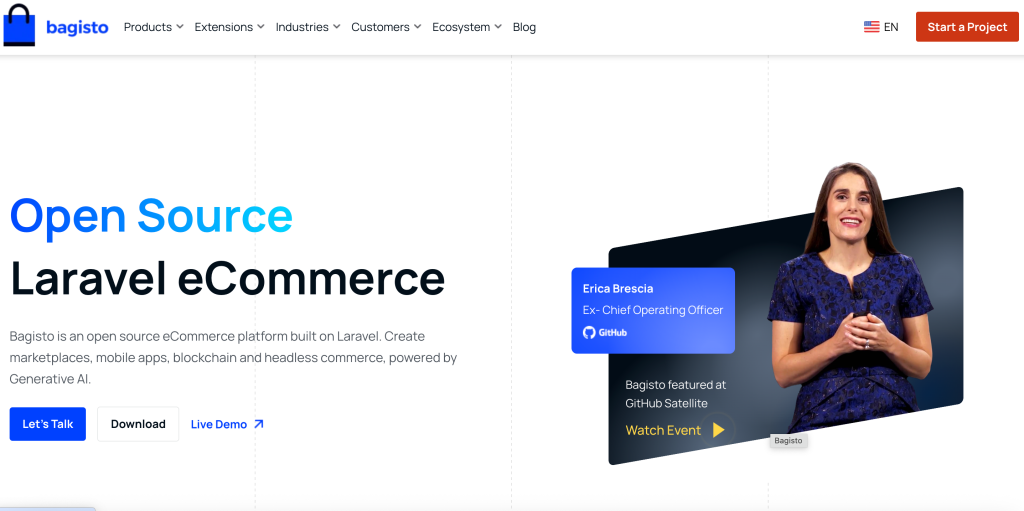
Best for: Mid to large businesses wanting a Laravel-powered marketplace with flexible APIs.
- Built-in multi-channel, multi-currency
- Modular architecture for rapid custom development
- Active open-source community
Aimeos
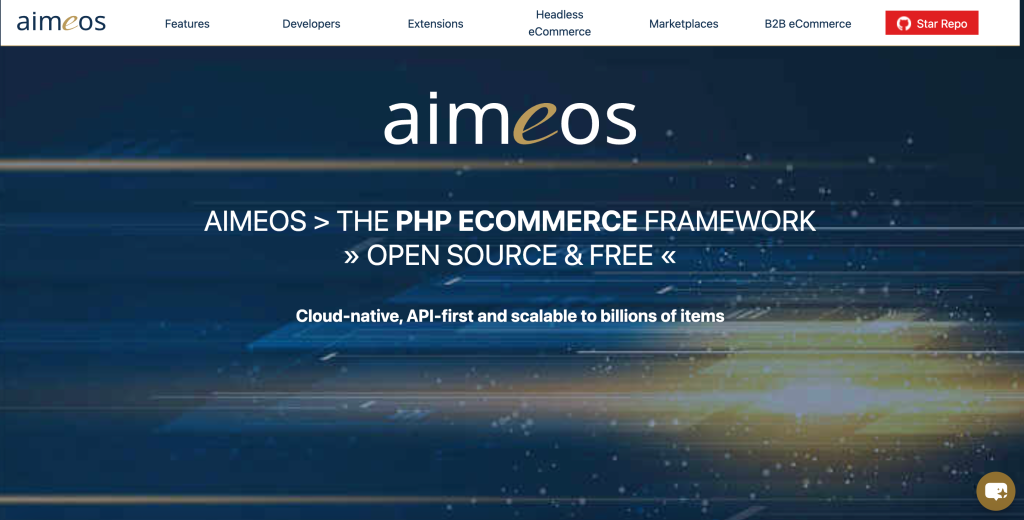
Best for: Ultra-scalable applications and performance-focused enterprise solutions.
- 1000+ features including booking, digital products, and headless API
- Enterprise-level performance and customization options
- Supports Laravel, Symfony, TYPO3, and standalone setups
Shopify vs WooCommerce vs Laravel (with SafeCart, Bagisto, Aimeos)
| Feature | Shopify | WooCommerce | Laravel (SafeCart, Bagisto, etc.) |
|---|---|---|---|
| Ease of Use | ⭐⭐⭐⭐⭐ | ⭐⭐⭐ | ⭐⭐ (Developer required) |
| Hosting & Maintenance | Included | Self-managed | Self-managed |
| Customization | ⭐⭐ | ⭐⭐⭐⭐ | ⭐⭐⭐⭐⭐ |
| Speed to Launch | Fast | Moderate | Moderate to Slow (depends on package) |
| SEO | ⭐⭐ | ⭐⭐⭐⭐⭐ | ⭐⭐⭐⭐ |
| Scalability | ⭐⭐⭐⭐ | ⭐⭐⭐ | ⭐⭐⭐⭐⭐ |
| Extensions & Plugins | 8,000+ apps | 55,000+ WordPress plugins | Modular, Laravel ecosystem |
| Best For | Solo entrepreneurs, DTC brands | Content-driven stores, bloggers | Multi-vendor, SaaS, custom stores |
| Cost (Starting) | $29/mo | $5–30/mo (hosting) | $0–$$$ (license or development) |
| Ownership & Control | Low | Moderate | Full |
The platform you choose also plays a role in how effectively you can optimize your site’s internal structure and links. If you’re serious about boosting SEO and engagement, don’t miss our detailed internal linking strategy guide for e-commerce websites perfect for building smarter, search-friendly navigation.
Once you’ve selected your platform, it’s time to build with confidence. Don’t miss our list of must-have ecommerce website features to make sure your store is ready to convert.
How to Choose the Best Platform for You
Before deciding, ask yourself:
- What’s my budget for setup and monthly operations?
- Do I need to launch quickly or can I invest time in custom development?
- Will I need advanced features like multi-vendor, dynamic pricing, or custom workflows?
- Who will manage the platform long-term myself or a development team?
Platform choice isn’t just about backend features your website’s design, structure, and UX also depend heavily on the platform’s flexibility. If you want to ensure your e-commerce design drives conversions, don’t miss our breakdown of the 8 key features of high-converting e-commerce website design.
There’s no “one size fits all.” The best e-commerce platform depends on your goals, team, and vision.
Final Thoughts: Start Smart, Grow Strong
Choosing the right e-commerce platform in 2025 is one of the most strategic decisions you’ll make. From Shopify’s ease of use to WooCommerce’s flexibility and Laravel’s power, each platform has strengths tailored to different stages and styles of business.
Need help figuring out how to start? Read our full step-by-step guide to building your e-commerce website and get clarity on the entire process from picking a platform to going live.
Can I switch platforms later if I change my mind?
Yes, but migrations can be complex and expensive. Choose with scalability in mind from the beginning.
Is Laravel only for large e-commerce stores?
No. Laravel is powerful for all types of stores but is best suited when you need unique features or high performance.
Which platform is best for SEO in 2025?
WooCommerce (with WordPress) generally offers the best SEO control out of the box. However, Laravel gives full SEO control with the right setup.
Do I need a developer to use Shopify?
Not necessarily. Shopify is beginner-friendly, but a developer can help with advanced customizations.
